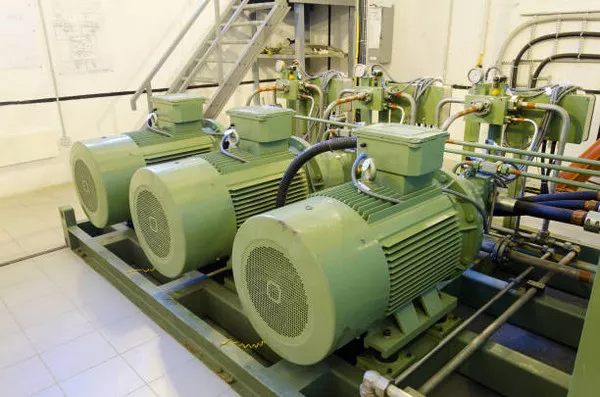Electricity is an indispensable part of modern life, powering our homes, industries, and technological advancements. Behind the seamless availability of electricity lies a complex process, and generators play a pivotal role in its production. In this article, we will delve into the inner workings of generators, exploring how they harness various energy sources to generate electricity.
Basics of Electricity Generation:
Electricity generation is the process of converting different forms of energy into electrical energy. Generators, also known as dynamo-electric machines, are devices designed to achieve this conversion. The fundamental principle underlying electricity generation is electromagnetic induction, discovered by Michael Faraday in the early 19th century.
Electromagnetic Induction:
Electromagnetic induction forms the cornerstone of generator operation. According to Faraday’s law, a change in magnetic field within a closed loop induces an electromotive force (EMF) in the wire loop. Generators exploit this phenomenon to convert mechanical energy into electrical energy.
Components of a Generator:
A generator comprises several essential components, each playing a crucial role in the electricity generation process. The primary components include:
a. Rotor (or Armature): The rotor consists of a coil of wire or a set of magnets that rotates within a magnetic field. The rotation induces a changing magnetic field, triggering the generation of electricity.
b. Stator: The stator is a stationary component that surrounds the rotor. It typically consists of coils of wire arranged to create a magnetic field when an electric current passes through them.
c. Prime Mover: The prime mover is the external force responsible for driving the rotor’s rotation. Common prime movers include steam turbines, water turbines, gas turbines, and internal combustion engines.
d. Voltage Regulator: The voltage regulator ensures a stable and controlled output voltage by adjusting the excitation current in the generator.
e. Exciter: The exciter produces the initial magnetic field required for induction in the rotor. It is a smaller generator connected to the main generator.
Types of Generators:
Generators come in various types, each tailored to specific applications and energy sources. The major categories include:
a. Steam Generators: Steam generators use steam as a prime mover to drive turbines connected to the generator. This type is widely used in power plants that rely on fossil fuels or nuclear energy.
b. Hydroelectric Generators: Hydroelectric generators utilize the kinetic energy of flowing water to turn turbines and generate electricity. Dams are often constructed to harness the potential energy of water at a height.
c. Gas Turbine Generators: Gas turbines burn natural gas or other fuels to produce high-speed exhaust gases, which drive a turbine connected to the generator.
d. Wind Turbine Generators: Wind turbine generators convert the kinetic energy of wind into electricity through the rotation of turbine blades connected to a generator.
e. Internal Combustion Engine Generators: These generators use internal combustion engines, often fueled by diesel or natural gas, to drive the generator.
Operation of a Generator:
The operation of a generator involves a coordinated interplay of mechanical and electromagnetic processes. The basic steps in the generation process are as follows:
a. Energy Input: The prime mover applies mechanical energy to the rotor, initiating its rotation.
b. Induction: As the rotor turns, it induces a changing magnetic field. This changing magnetic field, in turn, induces an electric current in the stator windings.
c. Generation of Electricity: The induced current flows through the stator windings, creating an electromotive force (EMF). This EMF represents the generated electrical energy.
d. Voltage Regulation: The voltage regulator adjusts the excitation current to maintain a stable output voltage, ensuring the generated electricity meets the required standards.
Challenges and Advances in Generator Technology:
While generators have been crucial to electricity generation for over a century, ongoing advancements aim to address challenges and improve efficiency. Some of the challenges include:
a. Efficiency: Enhancing the overall efficiency of generators is an ongoing pursuit. Research focuses on minimizing energy losses during the conversion process.
b. Environmental Impact: Generators powered by fossil fuels contribute to environmental concerns such as air pollution and greenhouse gas emissions. The shift towards renewable energy sources, such as wind and solar, seeks to mitigate these impacts.
c. Energy Storage: As the demand for renewable energy grows, addressing the intermittency of sources like wind and solar becomes crucial. Advances in energy storage technologies complement generators, providing a stable power supply.
See Also How Electric Generator Works
Conclusion:
Generators are the unsung heroes of the electricity generation process, converting various forms of energy into the essential power that drives our modern world. Understanding the intricate mechanisms and components involved in generator operation sheds light on the complexity and importance of this technology. As we navigate towards a future with a greater emphasis on sustainability and efficiency, ongoing research and innovation in generator technology will play a pivotal role in shaping the landscape of electricity generation.

